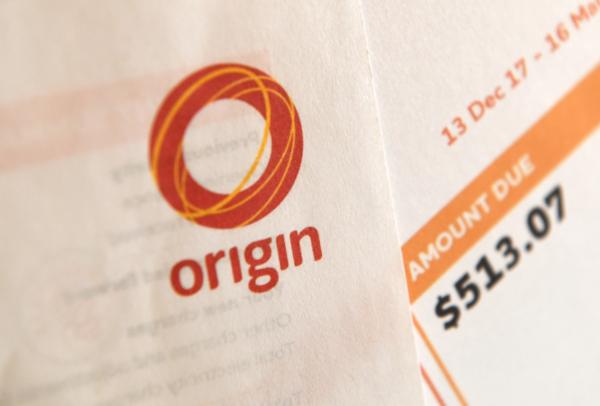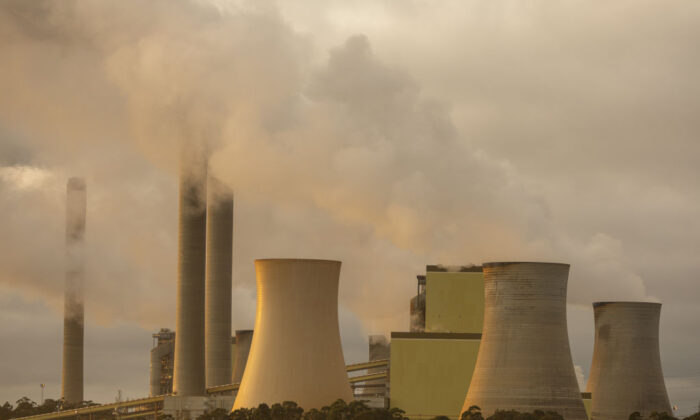The CEO of AEMO stated that the most likely scenario for achieving a net-zero transition was to replace 90 percent of coal-fired power plants in the next 10 years.
The Australian Energy Market Operator (AEMO) has emphasized the need for the country to replace 90 percent of coal-fired power plants within the next decade to meet its carbon emission targets.
This concern arises amidst discussions about AEMO’s role in the transition to renewable energy and its challenges in forecasting electricity prices.
During a recent inquiry hearing, AEMO CEO Daniel Westerman provided insights into the current state of the national electricity market and the status of the country’s coal-fired fleets.
Westerman informed a parliamentary committee, “Over the last 12 months, coal has contributed approximately 55 percent of the energy needs in the national electricity market, with 5 percent from gas and 40 percent from renewable energy.”
He further mentioned, “We’ve witnessed the retirement of 12 coal-fired power stations in the past decade, and this trend is expected to continue.”
The CEO clarified that the decision to shut down power stations was driven by the asset owners and not influenced by AEMO.
Owners of power stations are required to provide AEMO with a three-and-a-half-year notice before closure, he added.
There are various projections regarding the closure of fossil fuel power stations in the near future.
Westerman stated, “To achieve Australia’s emissions targets on the path to net zero, it is anticipated that 90 percent of all coal-fired power stations will need to close in the next decade.”
However, he clarified that this projection was not a definitive conclusion but rather a scenario that was highly probable if the government aimed to meet its emission targets.
With the introduction of renewable energy, Westerman highlighted significant changes in the operations of coal-fired power stations.
He explained, “Power plants that previously operated at full capacity around the clock are now required to reduce their generation to the minimum during the day.”
Westerman added, “Some coal plants are even opting to switch off during the day as it is the most cost-effective solution for consumers.”
AEMO Questioned for Inability to Forecast Electricity Prices
During the hearing, Nationals Senator Matt Canavan raised concerns about AEMO’s capability to predict a reduction in electricity prices for Australian households in the near future, given the substantial investments in renewable energy by the government and private sector.
Canavan inquired, “Will Australians witness a decrease from the current price levels? Will we return to the power prices of a decade or so ago?”
In response, Westerman stated that AEMO does not forecast future power prices.
According to AEMO’s analysis, the most cost-effective approach to achieving net zero and meeting government targets involves investment in renewable energy supported by batteries and pumped hydro, along with flexible gas, and ensuring robust transmission and distribution systems.
Canavan questioned why AEMO, despite conducting long-term planning for the electricity system, cannot predict electricity prices.
Westerman explained that AEMO focuses on identifying the most economical pathway to ensure energy reliability and security while meeting government emission targets for net zero.
He elaborated, “We do not factor in investments needed in distribution networks, local transmission enhancements, distributed energy resources, consumer investments in rooftop solar, batteries, electric vehicles, and energy efficiency.”
This complexity contributes to the challenge of forecasting electricity prices, Westerman noted.

An Origin Energy power bill is pictured in Brisbane, Australia, on June 5, 2018. AAP Image/Dan Peled
Australia’s Electricity Prices Are 3 Times Higher Than the US: Canavan
Canavan expressed dissatisfaction with Westerman’s response and highlighted the issue of high electricity prices in Australia compared to the United States.
He remarked, “Despite having abundant energy resources such as coal, gas, and uranium reserves, Australia faces electricity prices three times higher than those in the US.”
Canavan questioned how such a disparity existed between two countries with similar energy resources, especially considering the US’s larger and more dispersed population.
He concluded, “How did we allow this situation to unfold? Does anyone have an answer to that?”
Westerman stated that he was unable to provide an answer at that moment.
Can you rephrase that?
Source link





